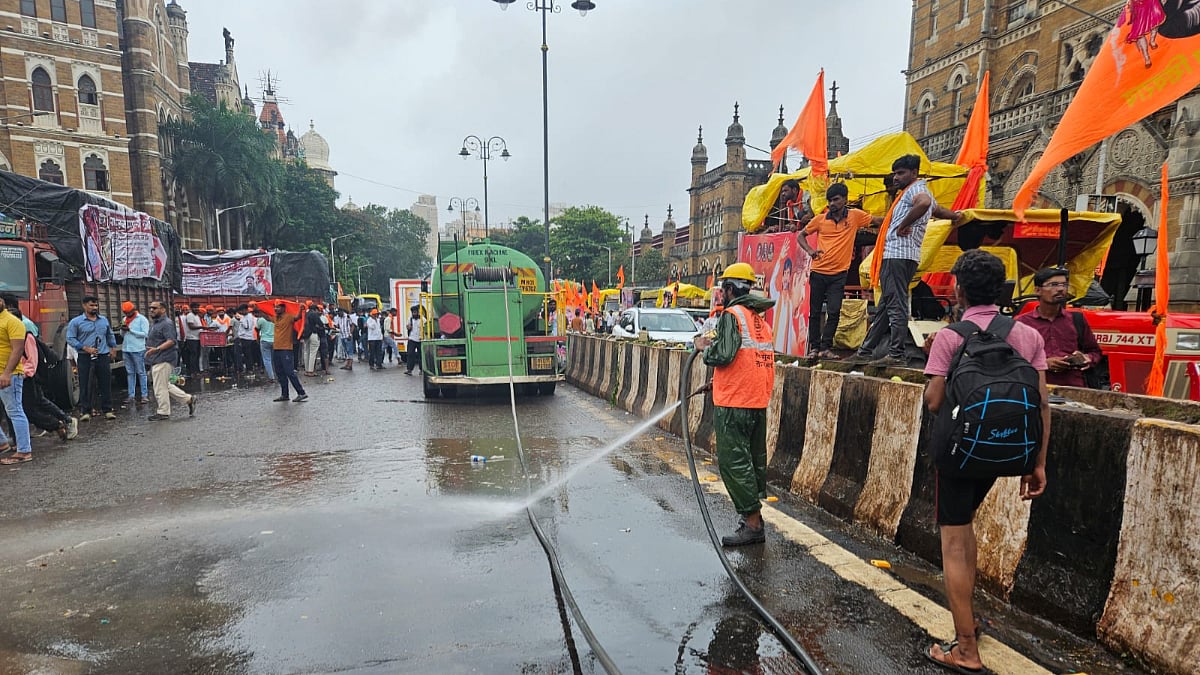Amid the growing conflict between India and Pakistan, the Pune Municipal Corporation (PMC) earlier on Friday issued detailed emergency preparedness guidelines to all private hospitals across the city, even as both sides have now agreed to a ceasefire on Saturday.
A high-level video conference was held on May 9, 2025, under the chairmanship of the Secretary of Health Services, Government of Maharashtra. The PMC has announced comprehensive measures to enhance emergency preparedness, particularly in the context of a potential war-like situation. The directives are issued under the provisions of the Disaster Management Act, 2005.
The meeting emphasized the need for immediate and coordinated action from all healthcare institutions, with a particular focus on hospital readiness. The PMC has outlined 13 key areas of preparedness to ensure a swift and efficient response during emergencies.
Dr. Nina Borade, Health Officer at Pune Municipal Corporation, has urged all stakeholders to adhere to these directives and collaborate proactively. The PMC remains committed to safeguarding public health and ensuring that healthcare infrastructure remains resilient in any emergency scenario.

Key Directives for Emergency Preparedness:
Hospital Coordination and Incident Response System (HIRS):
Hospitals are to implement a structured HIRS model to monitor operations, logistics, and finance. At least 10% of hospital beds should be kept ready for emergency admissions.
Planning, Training, and Drills:
All hospitals must have detailed disaster management plans, regularly train their staff, and conduct mock drills to ensure readiness.
Information and Communication:
Clear internal and external communication channels must be established, including public helplines and coordination with police, fire, and other agencies.
Safety and Security Measures:
Hospitals must appoint security teams, control access points, and ensure proper crowd management and patient evacuation protocols.
Human Resource Preparedness:
Staff must be classified by skill and role, and contingency plans must include accommodation and sustenance for essential personnel.
Logistics and Financial Readiness:
Hospitals should maintain adequate stock of medical supplies and establish backup contracts with vendors. Protocols for rapid fund mobilization are essential.
Continuation of Essential Services:
Utility management for water, electricity, and medical gases must be ensured without interruption.
Patient Triage Protocols:
A designated triage officer should manage secure triage areas, prioritizing patient care based on severity.
Surge Capacity and Resource Sharing:
Hospitals should prepare for increased patient loads by identifying additional treatment areas and establishing referral systems.
Patient Handling and Evacuation:
Protocols for evacuation and communication with patient families must be in place to ensure safety and transparency.
Volunteer Management:
A trained volunteer force must be maintained, prepared to support first aid and search and rescue operations.
Hospital Networking and MoUs:
Hospitals should enter into Memorandums of Understanding (MoUs) with nearby facilities for mutual support and patient transfer protocols.
Integration with Broader Disaster Plans:
Hospital preparedness plans must align with the District Disaster Management Plan and comply with all legal and regulatory frameworks.

Important Contact Information:
District Disaster Management Toll-Free: 1077
District Helpline: 020-26123371
PMC Disaster Management: 020-25506800 / 020-25501269 / 020-67801500










